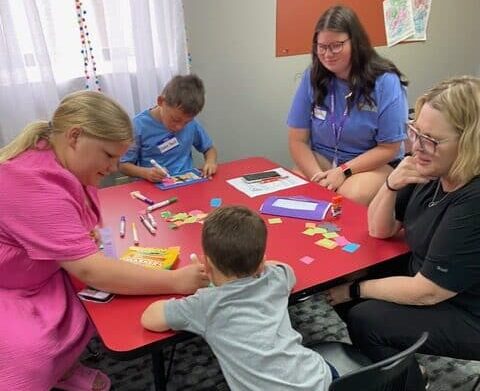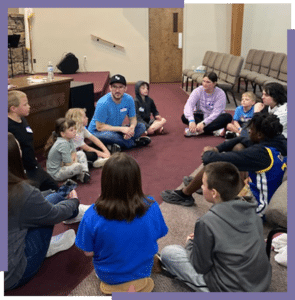“When we say that children are being removed from their families due to poverty, some of us may be referring to cases of material poverty. In such instances, addressing the upstream problem is relatively (though not to say entirely) easy: We just need to hike upstream and figure out a way to give these families access to the resources they lack.
If we focus exclusively on the roughly $11 billion in federal programs devoted narrowly to child protection and welfare, we find that just a sliver is focused on upstream prevention and family preservation. This would seem to be a profound under-allocation of resources to preventative efforts and an unconscionable error, both practical and moral.
However, that figure excludes the far larger pools of government funding invested in a vast array of anti-poverty policies and programs more generally — from the Supplemental Nutrition Assistance Program and the special program for Women, Infants, and Children, to cash assistance and vouchers for housing, child care, medical care, addiction recovery, and job training. When taking these into account, the federal government spends roughly 100 times more on anti-poverty programs than on child-focused efforts alone.
Virtually all of these programs address issues considered upstream of child removal — material poverty, homelessness, joblessness, substance abuse, mental illness, domestic violence, and much more. Such efforts can and should be viewed as foster-care-prevention and family-preservation efforts, even though they’re rarely described as such. State-government allocations show similar patterns. State welfare spending has grown much faster than any other category of investment over the past four decades: From 1977 to 2021, total state- and local-government expenditures on public welfare (much of it financed by federal funds) grew in inflation-adjusted 2021 dollars from $154 billion to $862 billion — a 458% increase. These dollars, spent almost entirely on upstream needs and problems, dwarf investments in child protection and foster care.”
This reality demands that we continue improving our efforts to help adults escape tragic cycles while also giving due attention to children who need protection and care now. To shift funds and attention away from these children and toward generalized upstream efforts would be a profound moral wrong. It would be akin to closing pediatric cancer-treatment centers so we could redirect their funding to cancer-prevention research.
At present, however, it appears this is happening both nationally and locally. Funds previously focused on child protection and care are increasingly being diverted to general human-services spending upstream. Excerpt from National Affairs Publication, “A Watershed Perspective for Child Welfare”, Jedd Medefind, President for Christian Alliance for Orphans


While many programs focus on prevention and further support of biological families in order to retain their children, Fostering Connections is an investment in child protection and foster care. We are not state funded, we are faith based, and rely solely on donations of organization, individuals, and churches for growth.



